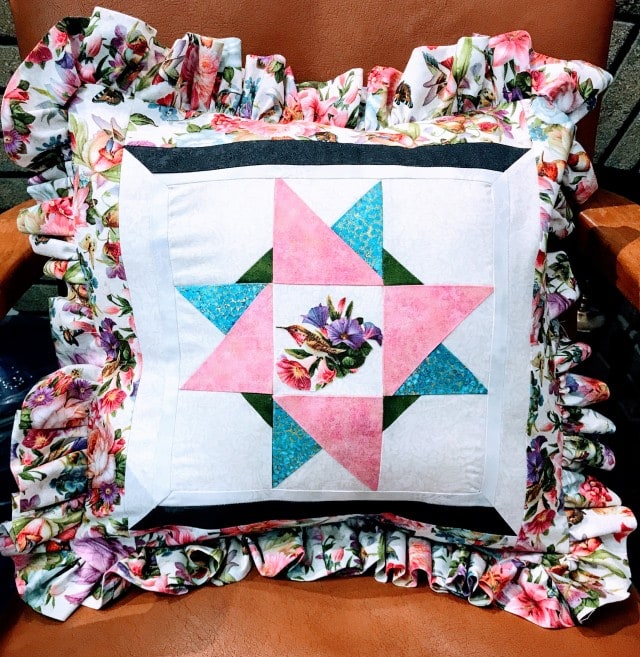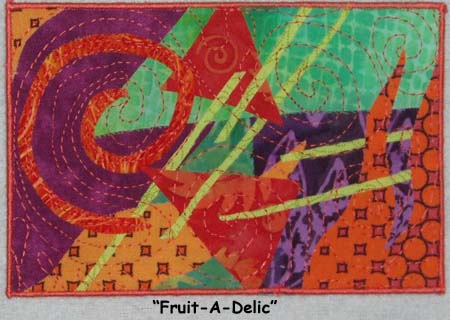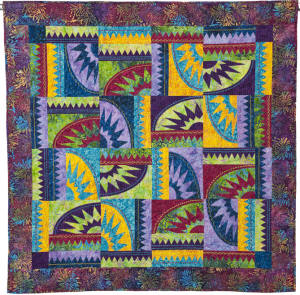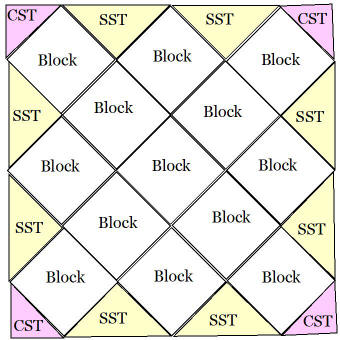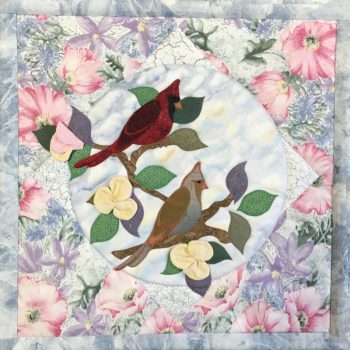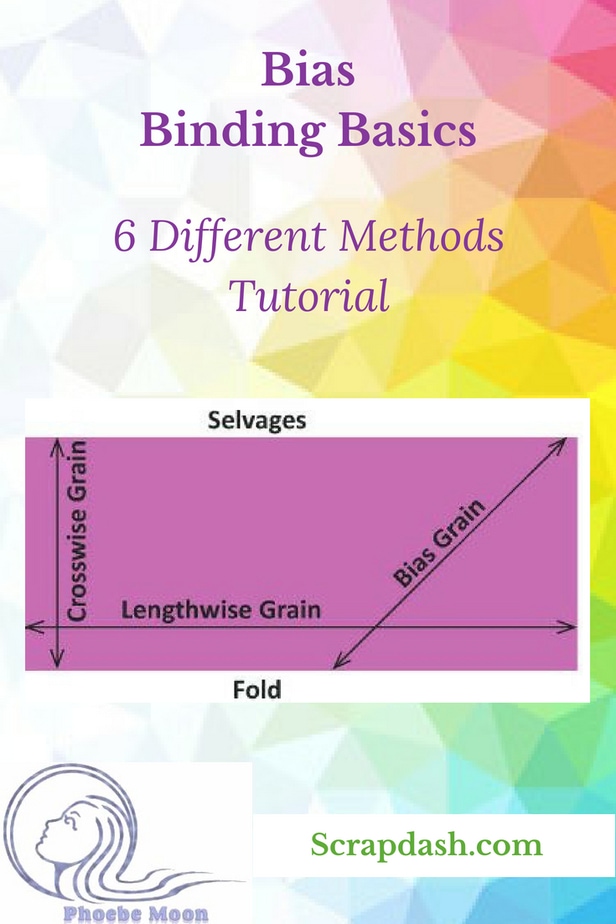*This post MAY contain affiliate links. That means that if you make a purchase after clicking on a link I may earn a small commission at no extra cost to you. I don’t ever recommend something that I don’t use myself. Not all links are affiliate links. For more information, see our Privacy Policy.
Binding Basics
This tutorial discusses not only three types of bindings and when they should be used but also six other edge finishes.
Binding a quilt is the last step to finishing it. It is the method used to close the three layers of a quilt sandwich enclosing all the raw edges. Depending on the style and color, it can frame the quilt to draw attention to the center, or just blend the edges to create a graceful close to the quilt.
Types of Binding
There are many different types of binding. Your quilt will tell you what type of binding to use. Straight grain binding is easier to create but if a quilt is going to be washed a lot, or has curved edges, you may want to consider bias binding. The threads in a bias binding are on an angle, so no one single thread is always at the edge of the quilt. This cuts down on the wear and tear of a binding on a well-loved quilt.
- Straight grain binding is binding that is cut in strips along the grain of a piece of fabric parallel to the selvedge. Because it is resistant to stretching, it is suitable for both single fold and double fold bindings.
- Crossgrain binding is also cut in strips along the grain but it is cut from selvage to selvage. It is great for double fold bindings.
- Bias binding is binding that is cut at a 45° angle from the selvage.

There are also several different specialty finishes that can be applied as binding.
- The back can be brought to the front, then folded under and stitched for a self binding. This type of finish is best for a quilt with little use as once the edge wears out, the back will start to come apart.
- A knife-edge finish is no binding at all. The edges of the top and the back are folded in and the seam is closed with an invisible stitch or a slip stitch. This time consuming process does not detract from the center of the quilt.
- A faced edge has a facing sewn to the front, flipped over the raw edge and sewn down on the back. A decorative ruffle can be inserted in the seam between the quilt and the facing, or a commercially purchased ruffle can be applied.
- A prairie point finish is an edge effect created when prairie points which face the center are stitched along the very edge of a quilt sandwich. When that edge is folded over to be closed like a knife edge, the prairie points flip out to create a decorative finish. This finish is often seen on 30’s reproduction quilts.
- A piped binding is constructed the same way as prairie points but using piping. This decorative finish is often found on pillows.
- A faux piped binding is made from two widths of binding sewn together lengthways, one 1/4″ wider than the other. The larger one will be the accent color. It is double folded, then sewn to the back of the quilt with the side of the binding that has the majority of the accent color facing up, away from the back of the quilt. When it is folded over the raw edge of the quilt, just a small portion of the accent color will show. Top stitching this binding in the seam will finish the edge of the quilt and create a faux piped binding.
Please add moc.hsadparcs@sirk to your contacts list to make sure you get the confirmation message. Drag the confirmation message from the Promotion tab to the Primary tab if you use Gmail.
If you are already a subscriber, it’s okay to fill out this form. You won’t be put on the mailing list twice.
Have another tip to offer? Send it to me or reply below and I will add it here.
Don’t forget to sign up for the newsletter! Once a week, I send updates on quilt-related information I have found while wandering the web. This might be an inspiring article, a tip or tutorial I have discovered (or written), and occasionally exclusive offers & discounts as well as immediate access to the secret page of free patterns, guides, and printables. You can follow my page on Facebook, or join the Make Believe Quilters group, too.
